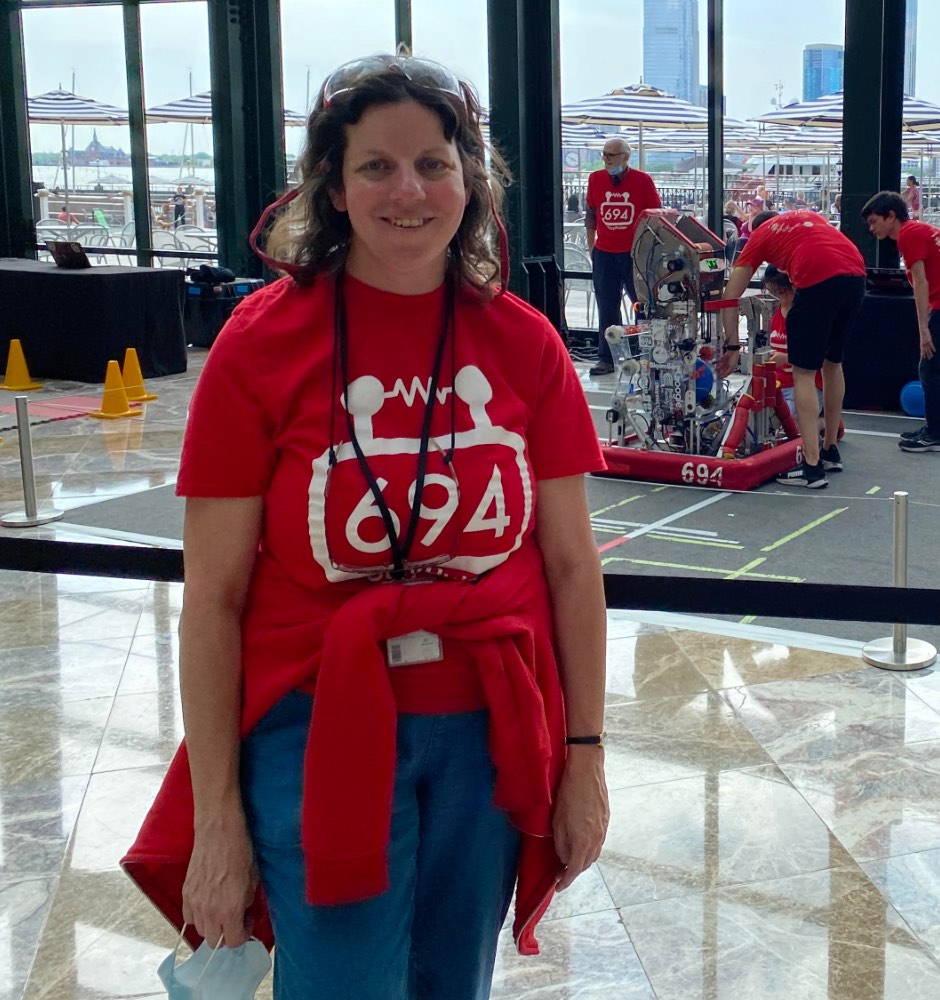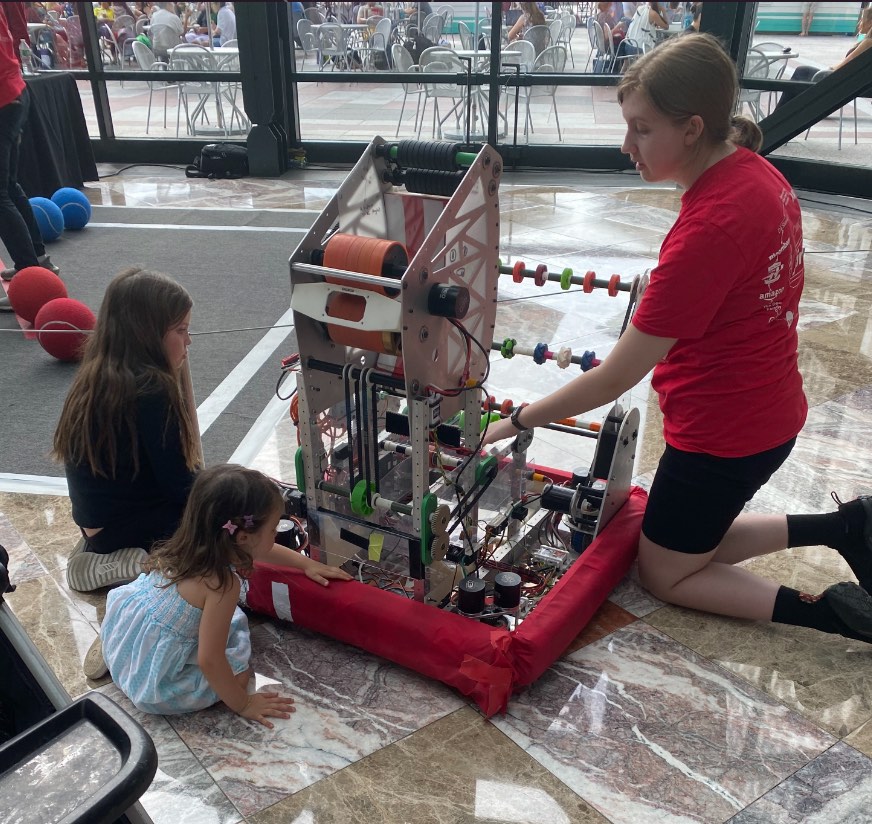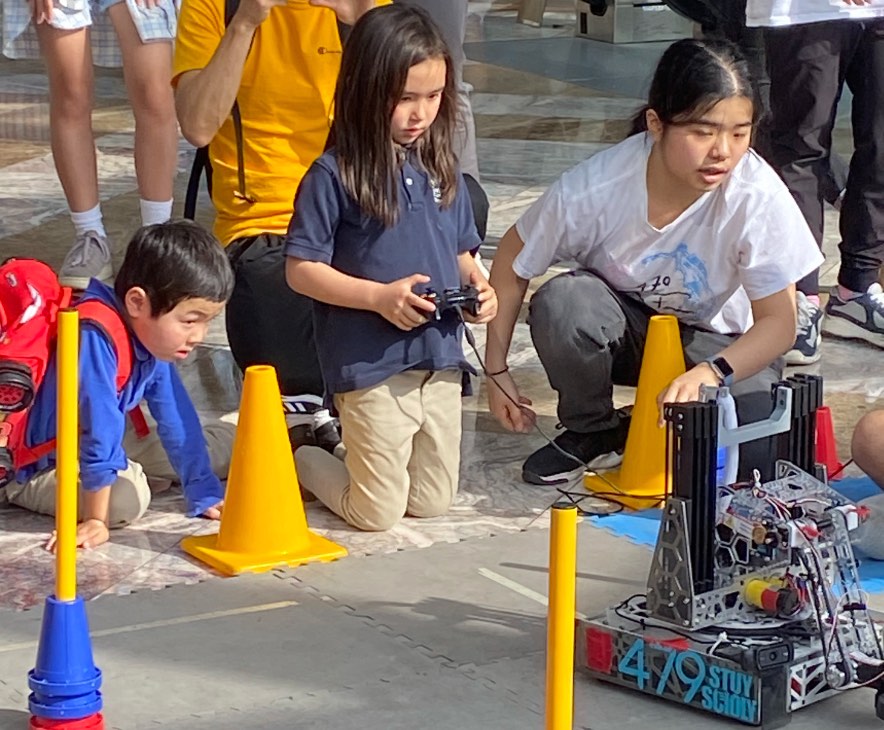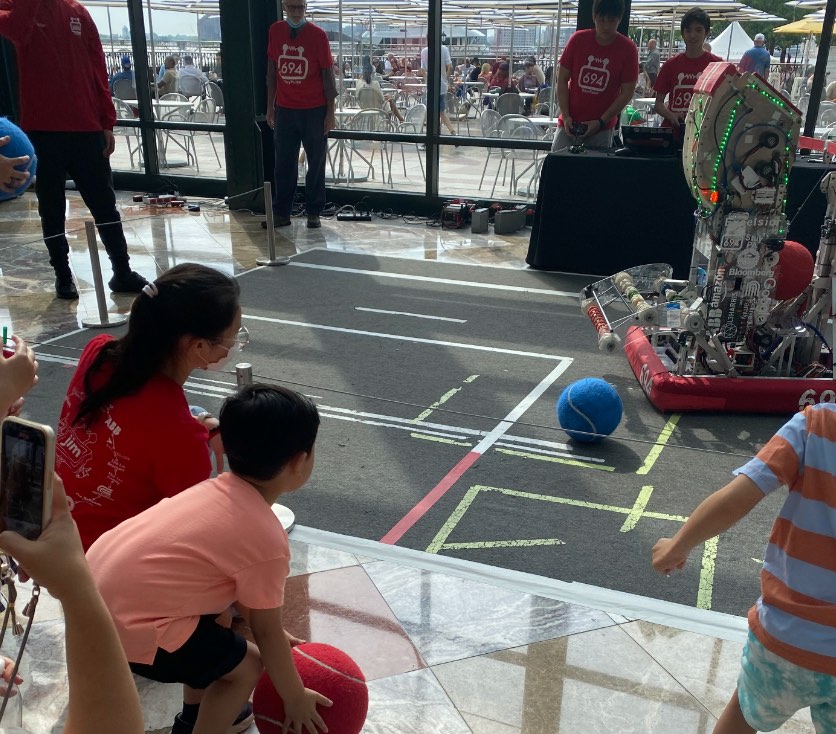JCenter is being decommissioned on May 1st, 2021. Since many Gradle builds use JCenter by default, this means your Gradle build file is likely to have jcenter() in it. This means you have a few months to switch to Maven Central. Don’t worry, it’s easy.
Note: If you work for a company, you are hopefully using an internal binary repository proxy. (ex: Nexus, Artifactory, etc)
What’s the difference between JCenter and Maven Central?
The main benefits of JCenter are:
- Some artifacts are in JCenter and not Maven Central – their authors are working on moving them to Maven Central. This is unlikely to affect FRC teams, but might affect people using an artifact that is more specialized.
- It’s easier to publish to JCenter – Sonatype has been working on making it easier for Maven Central. Some of that is intrinsic though because Sonatype does a lot of verification.
- JCenter is faster – Remember that artifacts are cached on your machine. So once you’ve downloaded the artifacts, your build performance is the same.
How do I find the affected files in GitHub?
Searching on github for either of these does not do what you might expect
- jcenter user:boyarsky filename:build.gradle- the code tab returns 0 results
- jcenter org:stuypulse filename:build.gradle – the code tab returns 2 results
That’s because github search only looks in files that have been updated or returned in search results in the past year. Unfortunately, the last year has not been particularly representative of a normal year. And people edit/search the contents of build.gradle files way less frequently than other file types.
I recommend just searching for the filename. That returns all your build.gradle files so you can edit them. (And since you are probably consistent in your choice of binary repository, you can sample a few matches to see if you have to change.
- user:boyarsky filename:build.gradle – the code tab returns 5 results
- org:stuypulse filename:build.gradle – the code tab returns 24 results
Tip: You may also have a reference to jcenter in your settings.gradle so I recommend searching that as well.
How do I edit the file?
GitHub has good Rest APIs so you can script this if you have a lot. If you don’t have a ton, either of the following is viable. (I had 5 build.gradle files in my personal repo and 3 of them were already using Maven)
Option 1 – Use the browser
- Open each link from the code tab of the search
- Choose the default branch (ex: main/master) from the pull down – search often returns a specific commit
- Drill down to the build.gradle file if not already there.
- Click the edit/pencil icon in the top right (just above the code)
- Change jcenter() to mavenCentral()
- Enter a commit comment and save
- If you want to make sure your build still works, run it (ex: Travis)
Option 2 – Clone the repos
(Tested on Mac; I don’t have Git Bash on my home computer so don’t know if it works exactly the same. I have used find on Git Bash though so I think it does)
- Clone the affected repos (if you don’t already have them)
- Go to a parent directory of the github repos (ex: <userHome>/git
- Run a UNIX command to update the list files find . -name build.gradle
- Run a UNIX command to update the affected files: find . -name build.gradle -exec sed -i ” -e ‘s/jcenter/mavenCentral/g’ {} \;
- Commit/push the affected repos (listed in step 3)
- If you want to make sure your build still works, run it (ex: ./gradlew build)




